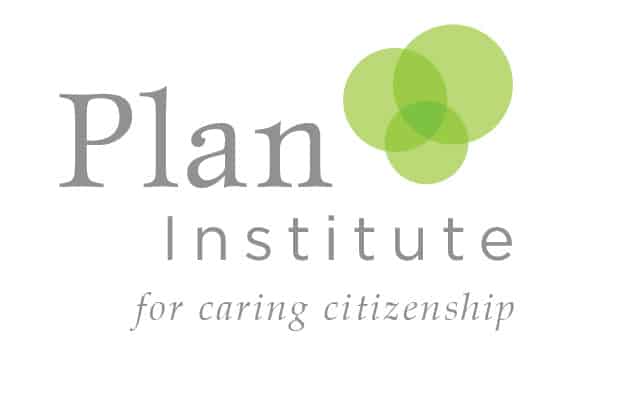Friendships and connections are critical to our well-being. Most of us have informal social support networks – people we count on and confide in; people who help us out: relatives, friends, colleagues, and acquaintances. But for those who are marginalized due to disability, age or illness, making and sustaining relationships can be a challenge. This is where personal support networks come in.
A personal support network refers to a group of committed individuals who form a relationship with the person who is isolated. Networks members are not paid to be friends with the person at the centre of the network, nor are they doing the person a favour. They are people who genuinely care for the person and can offer support, advocacy, monitoring, or companionship. Network members receive friendship as well as provide it and we often hear how rewarding it is.
Personal support networks have become a powerful tool for creating a safe and secure future for marginalized persons. They spell the difference between living on the edge of community and being actively included in it. They welcome and connect people to the heart of communities and provide families with peace of mind.
Here are some facts about networks:
Where did the idea of networks come from?
One of the first social support networks was developed in 1980 by the late Judith Snow and Marsha Forest. A small group of people committed themselves to breaking down the barriers that prevented Judith (who required a wheelchair and lived in an institution at the time) from leading a full and active life in her community. They met regularly and responded to obstacles in Judith’s path and supported her in dealing with bureaucrats, politicians, professionals, and service providers.
Who are network members?
Networks include anyone who cares for the person at the centre of the network. Friendship is based on shared interests, so when developing networks, the Community Connector identifies the interests and passions of the person at the centre and then invites those who share similar interests and passions to meet with him or her.
Where are network members to be found?
Network members are often found among those who have been or are currently in a relationship with the person at the centre, including family members, neighbours, friends, co-workers, or members of someone’s religious congregation, to name a few.
What commitment do network members make?
Network members make a commitment to assist the person at the centre lead an enriched and meaningful life and to help the person at the centre realize his or her dreams and goals. The commitment varies from person to person. It could be something as regular as, “I will call you every day” or “I will invite you for dinner once a month.” For other members, the commitment might mean giving practical assistance with housing, employment, or recreation. For others, it might involve helping the person at the centre develop closer ties with neighbours and the community.
We strongly believe that relationships are the foundation to a good life and that everyone deserves to live a good life, regardless of age or ability. Since PLAN began in 1989, it has been building personal support networks around members to help them to live a full and meaningful life surrounded by people who care about and support them. PLAN has built hundreds of successful networks and continues to do so to this day.
To learn more about how PLAN creates networks, click here or consider taking Plan Institute’s Personal Support Network Facilitation (Formerly Weaving the Ties That Bind) online course that we offer several times a year.
Personal Support Network Facilitation Online Course
A self-paced, online course for people who are living or working with people who are socially isolated

